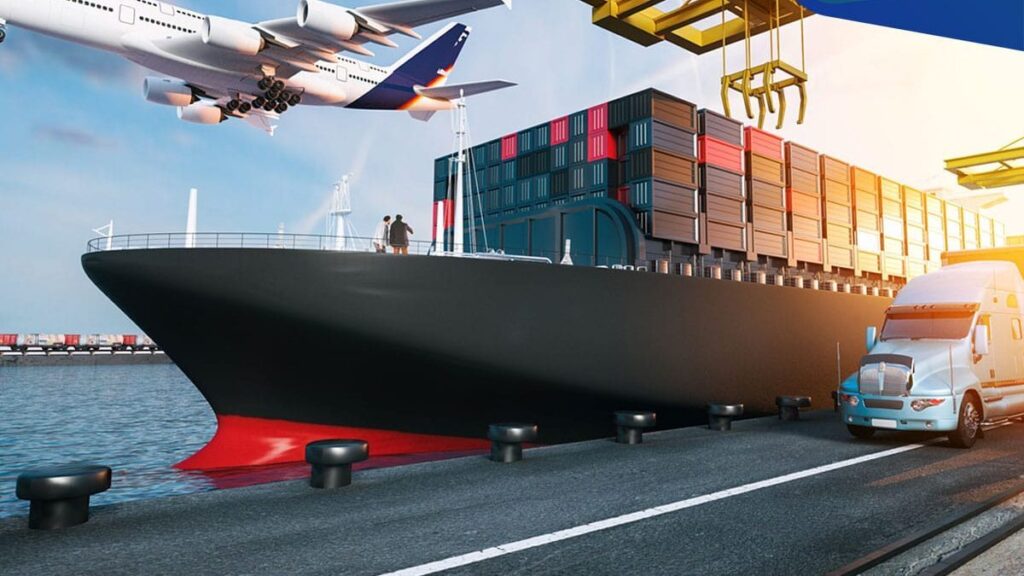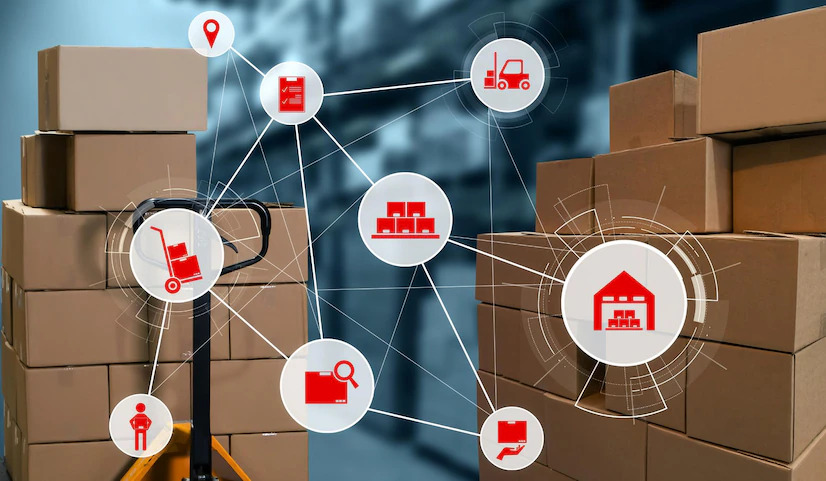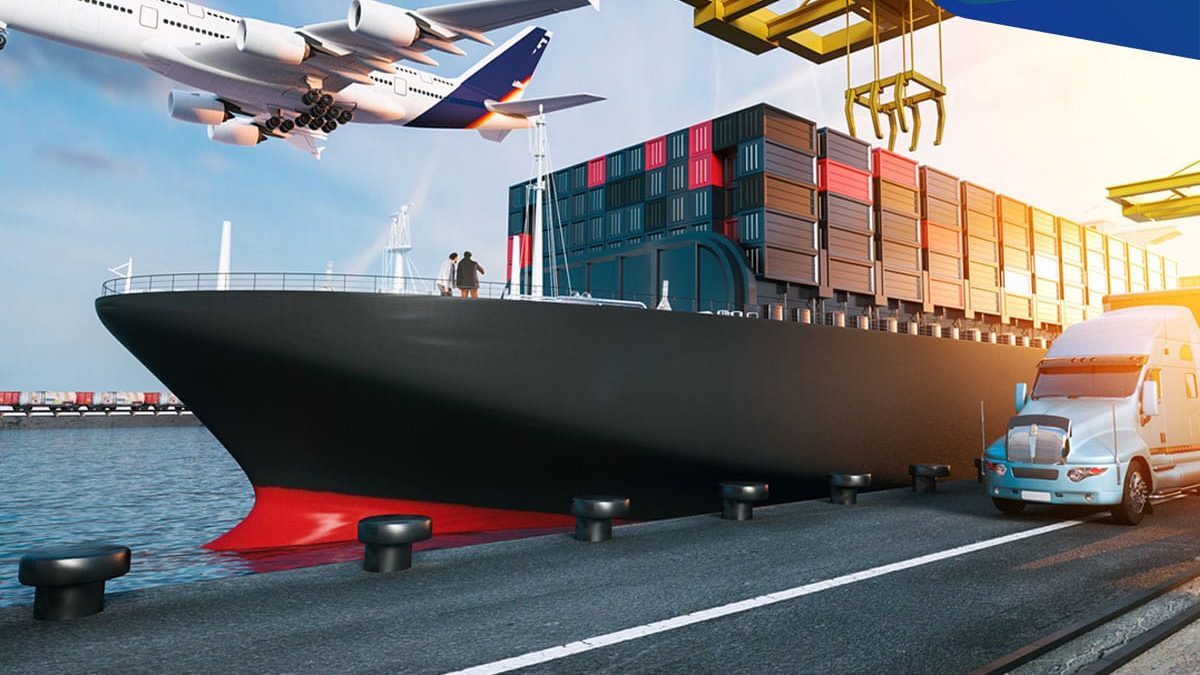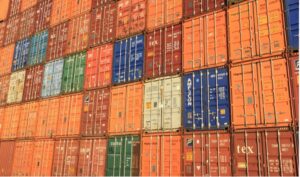shipping services from china to us
The allure of Chinese manufacturing for US businesses is undeniable. Competitive pricing, a vast array of products, and skilled production capabilities make China a global trade leader. However, navigating the complexities of international shipping from China to the US can be daunting, especially for first-time importers. This comprehensive guide empowers you with the knowledge and strategies to confidently navigate this critical aspect of your supply chain.
Understanding the Logistics of International Shipping

Foreign Trade Zones (FTZs): Strategically located warehouses designated for duty-deferred storage and processing of imported goods. Utilizing FTZs can optimize your duty payments and streamline logistics.
Incoterms (International Commercial Terms): A standardized set of rules that define the responsibilities of buyers and sellers in international transactions. Understanding Incoterms is crucial for clear communication regarding costs, risks, and transportation obligations. Common Incoterms for China-US shipments include EXW (Ex Works), FOB (Free on Board), and CIF (Cost, Insurance, and Freight).
Customs Clearance: The process by which imported goods are released by US Customs and Border Protection (CBP). Proper documentation, accurate valuation, and adherence to regulations are essential for smooth customs clearance.
Choosing the Right Shipping Method from China to the US

The optimal shipping method depends on several factors, including shipment size, urgency, cost considerations, and product type. Here’s a breakdown of the most common options:
Ocean Freight (FCL – Full Container Load, LCL – Less Than Container Load): The most cost-effective option for bulk shipments. FCL involves utilizing an entire container for your goods, while LCL consolidates your shipment with others to fill a container. Transit times vary depending on the chosen service (direct vs. consolidated) and port congestion.
Air Freight: The fastest option for urgent shipments, but also the most expensive. Ideal for high-value goods, perishables, or situations demanding rapid delivery.
Air-Sea: Combines air freight for the initial leg and ocean freight for the remainder, offering a balance between speed and cost.
Express Mail Services: Popular for small packages and documents, offering door-to-door convenience and tracking capabilities. Providers like FedEx and DHL offer expedited delivery at a premium.
Customs Regulations and Documentation for Importing Goods from China

Harmonized System (HS) Codes: A standardized system for classifying internationally traded goods. Identifying the correct HS code for your product is crucial for determining duty rates and ensuring compliance with regulations.
Commercial Invoice: A detailed document outlining the transaction details, including product descriptions, quantities, unit prices, and total value.
Packing List: An itemized list of the goods in your shipment, including descriptions, quantities, weights, and dimensions.
Bill of Lading (Ocean Freight) or Air Waybill (Air Freight): Acts as a contract of carriage between the shipper and the carrier, documenting the shipment details.
Certificate of Origin: May be required for certain goods to verify their country of origin and qualify for preferential duty rates under trade agreements.
Additional Permits/Licenses: Depending on the product category, specific permits or licenses from US regulatory agencies might be necessary.
Staying Updated: US Customs and Border Protection (CBP) regulations are subject to change. Regularly check the CBP website for the latest updates to ensure compliance.
shipping services from china to us
Shipping Costs and Fees Involved in Shipping from China to US

Ocean Freight: Costs are typically calculated based on a combination of factors like shipment volume (measured in cubic meters), weight, origin and destination ports, chosen service (direct vs. consolidated), and fuel surcharges.
Air Freight: Costs are based on the chargeable weight (gross or volumetric weight, whichever is higher), chosen service (express vs. standard), and origin and destination airports.
Customs Duties and Taxes: Duty rates are determined by the HS code of your product. Additional taxes, such as value-added tax (VAT) or federal excise tax, might apply depending on the product category.
Other Fees: Additional charges like terminal handling fees, documentation fees, and customs clearance brokerage fees may apply depending on the service provider and shipment complexity.
Requesting Quotes: To obtain the most accurate pricing, obtain quotes from multiple freight forwarders or shipping companies. Clearly communicate shipment details, including weight, dimensions, and desired transit time.
Tracking and Insurance Options for Shipping Services

Real-Time Tracking: Most reputable shipping companies offer online tracking tools for real-time shipment visibility. Track your shipment’s progress from origin to destination for peace of mind.
Cargo Insurance: Highly recommended to protect your goods against potential loss or damage during transportation. Consider factors like declared value, coverage type (all-risk vs. named perils), and excess (deductible) when choosing cargo insurance.
Tips for Packaging and Preparing Your Goods for International Shipping
Choosing the Right Packaging:
- Durability: Utilize strong cardboard boxes or wooden crates appropriate for the weight and fragility of your goods.
- Pallet Considerations: For heavier shipments or those requiring multiple boxes, consider palletizing for stability and ease of handling during transportation.
- Inner Protection: Use adequate internal cushioning materials like bubble wrap, packing peanuts, or void fill to prevent movement and damage within the package.
- Moisture Protection: For moisture-sensitive goods, employ desiccant packs or moisture barriers to prevent water damage during ocean voyages.
- Clear Labeling: Ensure clear and accurate labeling on all sides of the package, including recipient information, contents description, weight, and handling instructions (e.g., “Fragile,” “This Side Up”).
Packing Optimization:
- Maximize Space: Utilize the available space efficiently to minimize dead weight and potentially lower shipping costs. Consider nesting smaller items within larger ones.
- Weight Distribution: Distribute weight evenly within the package to prevent damage during handling and stacking.
Security Measures:
- Sealing: Securely seal all boxes with strong packing tape to prevent tampering during transit.
- Security Seals: Consider using tamper-evident security seals for added protection against unauthorized access.
Common Challenges and Solutions When Shipping from China to the US

Language Barriers: Effective communication with Chinese suppliers is crucial. Utilize clear instructions, written translations, and reliable translation tools to minimize misunderstandings.
Cultural Differences: Business practices and communication styles can differ between China and the US. Be patient, build rapport with your supplier, and clearly outline expectations.
Customs Delays: Incomplete or inaccurate documentation can lead to delays at customs. Ensure all documentation is accurate, complete, and adheres to US regulations.
Unexpected Fees: Hidden fees or unexpected charges can disrupt your budget. Request detailed quotes that outline all potential costs upfront.
Product Quality Issues: Thorough quality control measures are crucial. Conduct pre-shipment inspections to ensure your products meet your specifications before they are shipped.
shipping services from china to us
Recommended Shipping Companies and Services for Shipping from China to the US
Finding the Right Partner: Selecting a reliable freight forwarder or shipping company is essential for a smooth import experience. Consider factors like experience with China-US trade, service offerings (e.g., customs brokerage, cargo insurance), competitive pricing, and customer support.
Popular Shipping Companies:
- DHL: Global logistics giant offering a comprehensive suite of air, ocean, and express shipping services.
- FedEx: Renowned for reliable and fast express delivery solutions, also offering freight forwarding services.
- UPS: Provides a range of air and ocean freight services, with a strong presence in both China and the US.
- APL Logistics: A leading ocean freight carrier offering containerized shipping solutions.
- COSCO Shipping: Major Chinese state-owned shipping company with extensive global coverage.
Additional Considerations:
- Freight Forwarders: These companies act as intermediaries between you and the shipping lines, managing logistics, documentation, and customs clearance. They can be valuable assets for navigating the complexities of international shipping.
- Online Marketplaces: Popular platforms like [invalid URL removed] often offer integrated shipping solutions through partnerships with major carriers.





